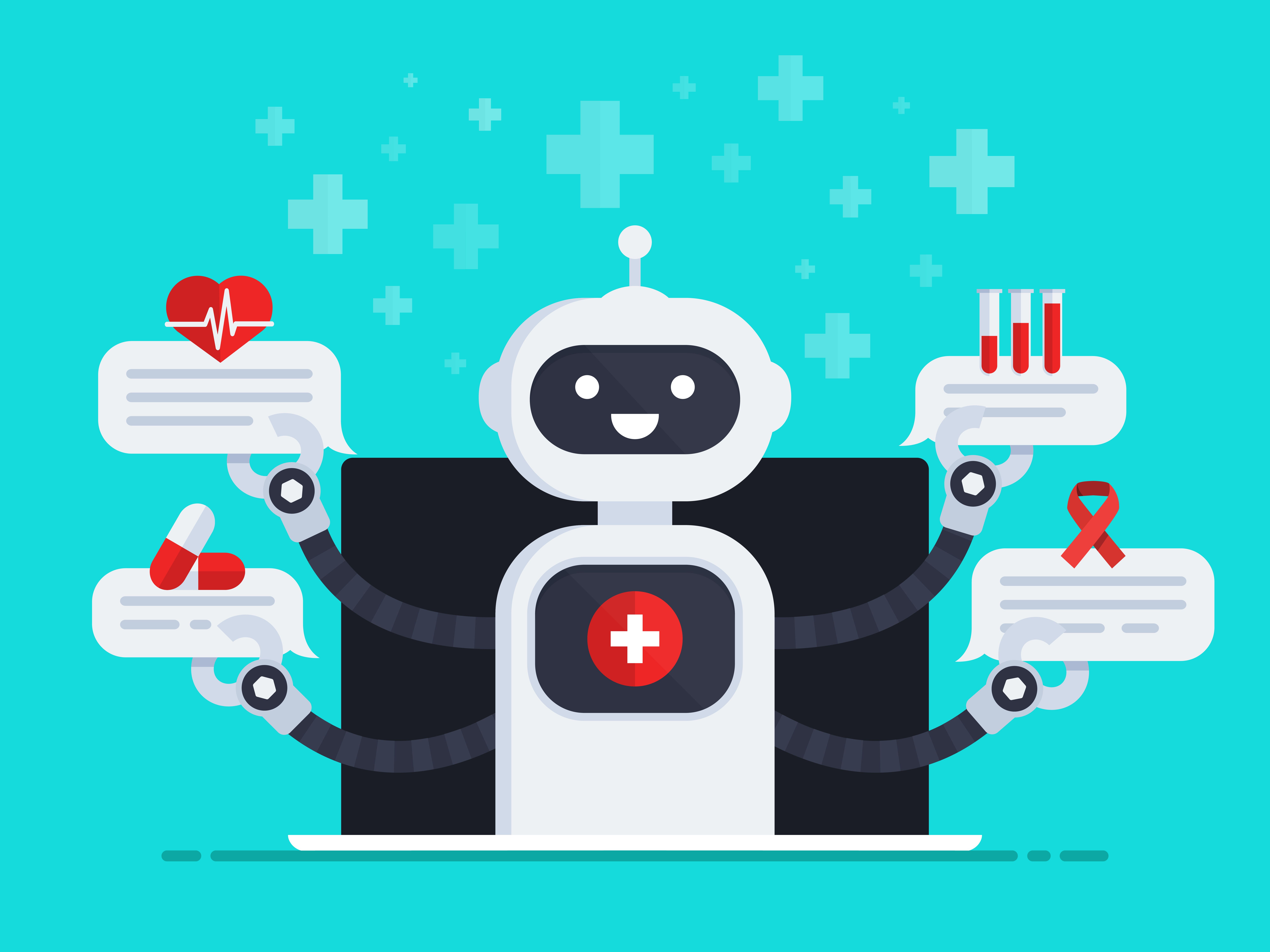
Many healthcare providers today have a fast-paced schedule, seeing as many patients as possible in a day. Maximizing profits and helping more people seems like a win-win situation on the surface. But with the need to document symptoms, order tests, and record other details, how many patients and doctors are missing the connection that should be part of a visit?
“Often, the time it takes to document a visit is longer than the actual time that is spent with a patient,” notes Milton Packer, MD in a recent blog for MedPage Today. While some physicians might have staff to assist with the documentation process, many combine recording notes in their EMR software with their interaction with the patient, taking time and attention away from the primary reason they are in the office.
As a matter of fact, a recent trial conducted by physicians at MD Anderson Cancer Center in Houston found that patients believed doctors who used electronic medical records software during office visits had poor communication skills and were less compassionate than those who used a notepad during a face-to-face visit. According to Eduardo Bruera, MD, “The face-to-face encounter with undivided attention from the physician has become less frequent. Our findings suggest that patients prefer physicians who do not use the EMR as part of the encounter.”
While medical “scribes” and transcription companies sometimes assist with documenting patient visits in cases where physicians are able to delegate that aspect of the visit, hiring additional staff or contracting services is not always possible (or desirable) for healthcare providers. And of course, introducing additional staff members to medical records software increases the need for cybersecurity across the entire workflow, to prevent data breaches or HIPAA violations which could cost medical providers patients and money.
Technology companies are working on solutions to allow artificial intelligence to document visits without taking away from the patient-doctor interaction. Earlier this year, Microsoft and UPMC collaborated to design an “AI scribe” to assist physicians by listening in on a patient conversation and making suggestions in the electronic health record software. And many other providers, like Amazon, Google, and Apple, are pursuing health initiatives in technology. A recent article in Harvard Business Review by Robert Wachter, MD, and Jeff Goldsmith envisions a number of ways that AI can be incorporated into patient visits: “The physician should also be able to prescribe by voice command everything from a new medication to a programmed reminder to be delivered to the patient’s iPhone at regular intervals.”
Electronic medical records software has come a long way and is still evolving, in ways that will benefit patients and providers. There are many ideas and projects in the works to take much of the documentation workload away from doctors so they can do what they are meant to do – work hands-on with patients to help solve their medical dilemmas.